If you’re a Baby Boomer some of your most cherished memories growing up were getting out of the house for ice cream or hamburger. We take a look at some of our most favorite permanently closed bankrupt restaurants, with the expertise of bankruptcy attorneys, that are no longer around, or are making their last stand, and remember what made them special.
Table of Contents
Dog ‘N Suds – A Beach Town Favorite Around the Great Lakes
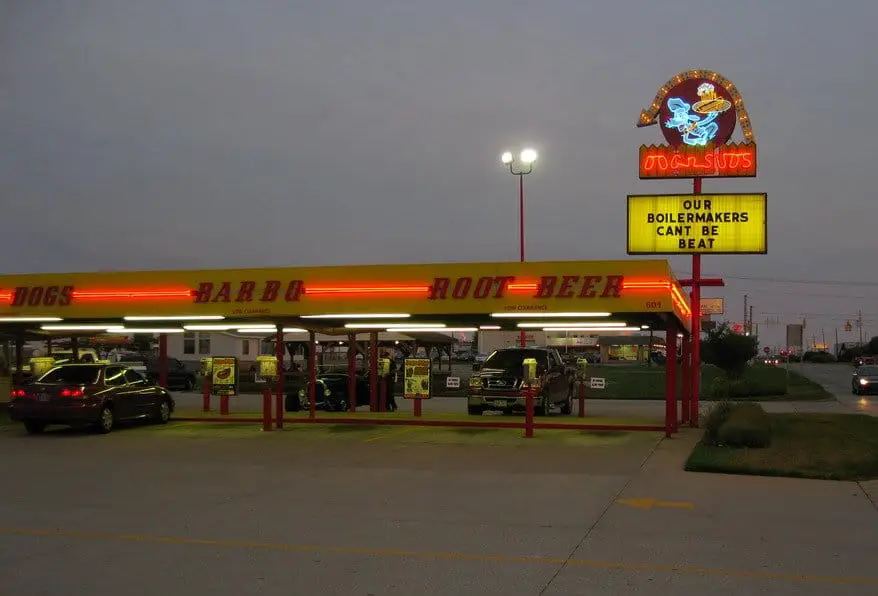
This hot dog stand with a butterfly roof found its niche at beach and resort towns all around the Great Lakes in the 1950s and 1960s. Music teachers James Griggs and Don Hamacher opened the first Dog n Suds in 1953 in Champaign, Illinois. Serving hot dogs, burgers and the creamiest root beer around they grew the business. By 1968, there were over 650 restaurants primarily in the Midwest.
The iconic brand is undergoing a resurgence with 20 Dog ‘n Suds drive-ins scattered around the country. One is a food truck location in Michigan, one location in Ohio, and six in Indiana. They have real carhop service and outside umbrella tables. They are open during the season from April through September.
Before Cracker Barrel there Was Bill Knapp’s
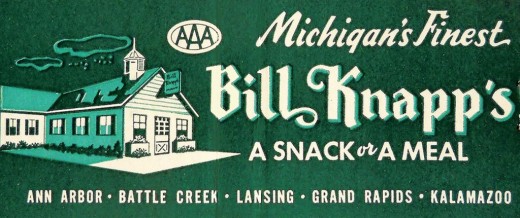
The first Bill Knapp restaurant was located in Battle Creek Michigan in 1948. It was an American family restaurant chain known for its made from scratch home-style foods and famous chocolate cake. This chain grew to 60 locations in the Midwest. Its early success was attributed to locating many of the restaurants off major highway exits. This freeway-focused placement attracted travelers offered a convenient meeting place for friends and families.
Its downfall to becoming one of our bankrupt restaurants started in 1998 because new owners totally revamped the menu and redecorated the restaurant interiors. This alienated its older yet loyal clientele. The owners tried to restore the original décor and menus in 2001 however it was too late. The last of the bankrupt restaurants closed in 2002.
The Knapp’s famous chocolate cake and other bakery products were sold to Awrey Bakeries and are still available in many stores in the Midwest.
Burger Chef – The Original Charbroiled Burger
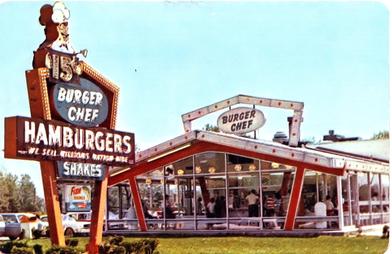
Founded in Indianapolis in 1954, specializing in a charbroiled burger and other fast foods. By 1972, it has grown to 1,050 locations. It was second only to McDonald’s by size. The burger outlet marketed its flagship burgers under the names Big Shef and Super Shef hamburgers. General Foods brought the nameplate and divested it to other franchises. A majority of the restaurants are now Hardees. The chain ceased operation in 1996.
Burger Chefs’ marketing coup came with the use of two characters in advertising: Burger Chef and Jeff. The chain also was the first to offer a meal package specifically geared to children. A concept that McDonald’s later used with the Happy Meal. In 2014, the iconic drama “Mad Men” featured a Burger Chef restaurant as the main characters ate under the fluorescent glow within a triangle-pitched restaurant.
Burger Chef TV Commercial
As bankrupt restaurants go Burger Chef was really transformed into Hardees. The patented process lives on with the charbroiled burgers that many folks prefer.
Farrell’s Ice Cream Parlour – Sweet, Crazy, Loud, Fun
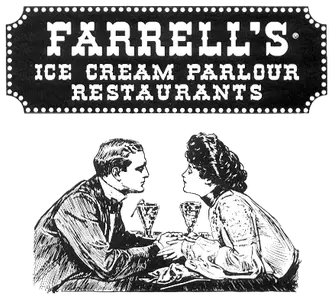
While not established in the Midwest, this loud, gaudy, ice cream parlor found a home in the Great Lakes region. It was the place for kids’ birthday parties. With servers in straw skimmer hats, this was not the place to take anyone who cannot stand being bombarded with stimulation. It was a full-service restaurant but it had a special flair for its desserts.
If someone wanted to really splurge, they ordered the “Zoo”. This was a huge concoction of 30 scoops of chocolate, strawberry, and vanilla ice cream, with strawberry, chocolate, and marshmallow topping. Topped with bananas, sprinkles, whipped cream, a cherry, and a menagerie of plastic animals. This huge sundae was carried by two striped vest servers and followed by a banging drum, sirens, fire engine bells, and banjo playing.
If you were into solo binging then you ordered the Pig Trough. This was a huge banana split served in a dish resembling farmers feeding tough They even gave award ribbons entitled “I made a pig of myself at Farrell’s”. The experience was rounded out with a sugar-high trip through the penny candy aisle and a chance of snagging a huge giant lollipop or jawbreaker on the way out the door. The last Farrell’s closed in Michigan in the 1980s but there are still several restaurants in California. There is even a Facebook Page devoted to bringing the red-themed dairy barns back to the Midwest.
Farrell’s Commercial from 1980
Champ’s – A Detroit Suburb Cruising Stop
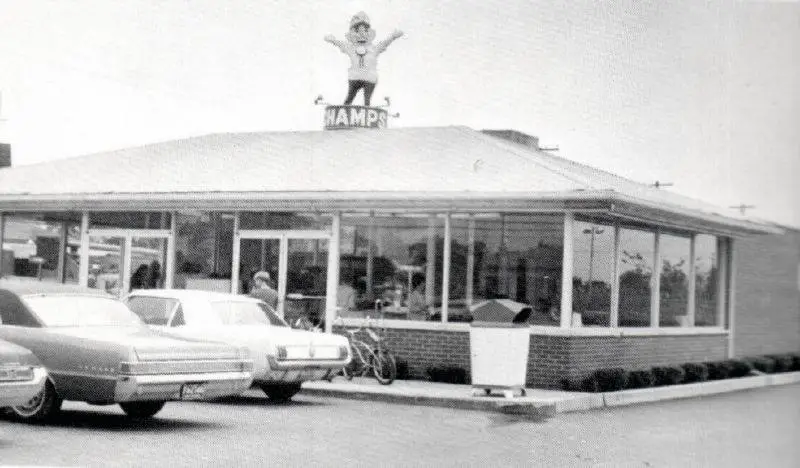
Among all the bankrupt restaurants on this list, Champs was a local favorite. This was a local pair of hamburger stands west of Pontiac in Waterford Michigan. One was located on M-59 and the other on Dixie Highway and Andersonville Roads. The stand on Dixie Highway was next to a tributary of the Clinton River. It was common for kids to take their small boats right up the store and order a bag of burgers.

Champs had a very uniquely styled restaurant in Waterford. With its high pointed roof-line, Champs caught your eye as you drove past. This style is similar to Burger Chef in many respects.
Champs is continuously mentioned in social media as one of the top memories of the places to go in the 1960s and ’70s. The original store is still standing today as a restaurant.
Sveden House Smorgasbord
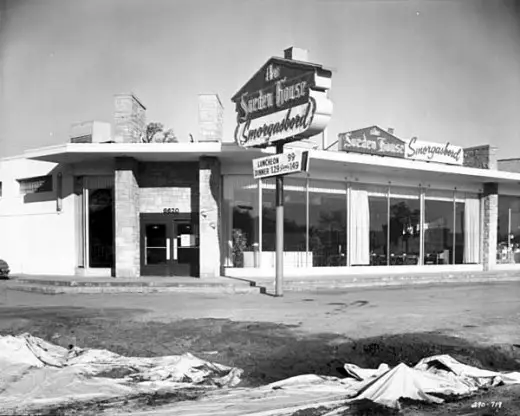
This buffet-style restaurant started in Duluth Minnesota and had locations all over Michigan in Grand Rapids, Lansing, Metro Detroit, Saginaw, and Bay City. Known for its chicken, Swedish meatballs, fried shrimp, bread pudding, and an interesting rice dish with marshmallows and cherries.
The smorgasbord had plenty of make from scratch food and cooked by young folks, many in their first jobs. If you were a cashier or “coffee girl”, you wore a uniform that looked almost like a sexy Swedish maid. Defiantly sexist by today’s standards but some of the young women wore a Halloween costume.
The décor took on a Scandinavian theme with flags of various provinces adorning the walls. It wanted to take you to the land of the midnight sun.
Founders Floyd Robinson and Keith Maxwell developed and owned all of the Sveden Houses in the ’60s and ’70s. They owned restaurants in Michigan, Ohio, and Wisconsin. In the late 80’s and ’90s, Maxwell left the business, and Robinson and his two sons (David and Randy) took over and opened many more Sveden Houses. The last of the bankrupt restaurants closed in 2006.
Texan Family Restaurant
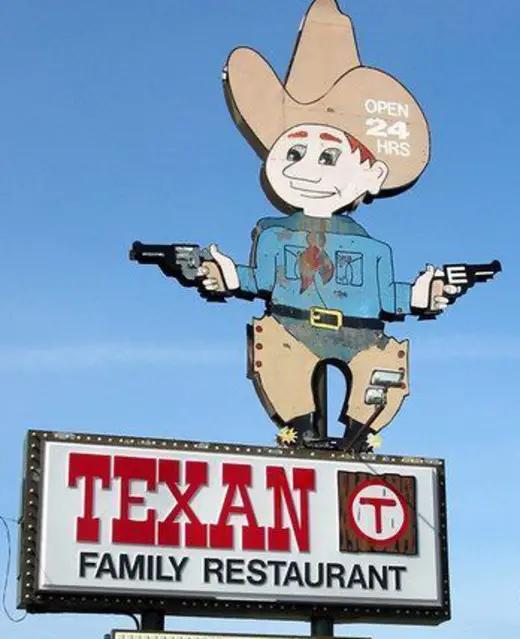
The gun touting baby-faced cowboy with a 10-gallon western-style hat embellished all the signs in front of this 24-hour restaurant in the Saginaw Bay Region. They offered breakfast, steak sandwiches, burgers, Mexican fare, and chili. A crowd favorite was their banana splits and breakfast buffets.
The small chain ran for 45 years until the last of the bankrupt restaurants closed in July 2015
Howard Johnson’s America’s 1st Major Restaurant Chain
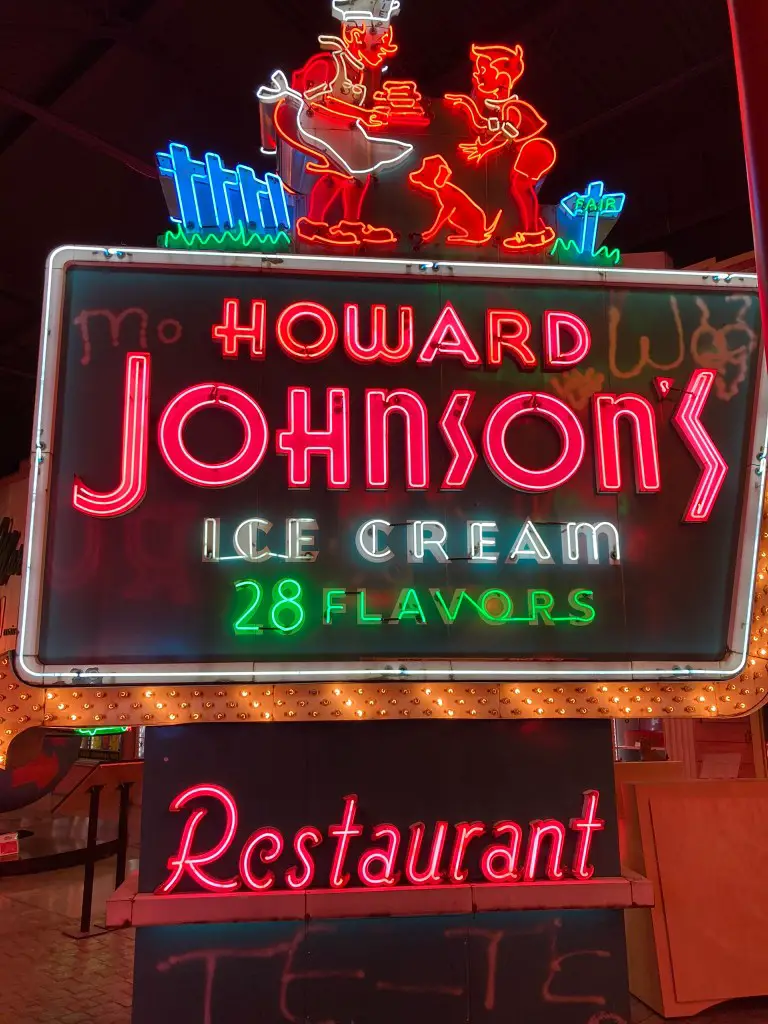
Howard Johnson’s iconic orange roof on their motor lodges and restaurants made them easy to locate from the highway and was a beacon of the HoJo brand to travelers. Founded in 1925 as a pharmacy soda fountain by Howard Deering Johnson, he grew it to one of the largest restaurant chains in the U.S. By the 1970s, there were more than 1,000 locations bearing the Howard Johnson brand.
While the company started and grew during the Depression, World War II just about killed the fledgling company. In 1939, there were 107 Howard Johnson’s restaurants along America’s East Coast highways. At war’s end, only 12 restaurants remained. After the war, turnpike and highway buildings were raging throughout the US. Johnson secured a deal to be the sole restaurant provider at service station turnouts throughout the early turnpike systems. This resurgence lasted until the 1970s with more than 1,000 restaurants and 500 motor lodges in the U.S. and Canada
Howard Johnson offered comfort food and 28 flavors of ice cream. The chain also popularized fried clam strips, which become a menu mainstay throughout the country. The restaurant was also known for its Macaroni and Cheese, Chicken Croquettes, and Corn and Blueberry Toasties.
The motor lodges remain and are owned and operated by Wyndham Hotels. In 1979, the restaurant franchises formed their own network but began closing. Today the final restaurant left is closed and for sale in Lake George, New York, a summer tourist spot in the Adirondacks. Therefore, another icon of the economic boom in the United States during the last century goes into the history books and part of the list of bankrupt restaurants with its orange-tiled roof, and the weather vane outlined with the Simple Simon and Pie Man logo.
The Red Barn

The Red Barn Restaurant was founded in 1961 in Springfield, Ohio. The chain grew quickly topping out with over 300 locations. Each franchise restaurant was built to resemble a red barn. The restaurant offered burgers, fries, and fried chicken.
The chain is credited with having a list of firsts in the fast-food industry. They offered two notable hamburgers; the “Big Barney”, and the 4 oz. “Barnbuster”. Both of these predated McDonald’s, Big Mac, and Quarter Pounder. The Red Barn was also credited with being one of the first fast-food chains to offer a salad bar.
The brand worked extensively to break out from the tsunami of the competitive fast-food advertising of the 1970s. Besides the red barn look of the restaurant, the company also had mascot puppets shaped like food items and a catchy jingle in all of its media ads; “When the hungries hit, hit the Red Barn.”
The franchise changed hands several times. In 1983 Phillip Kahn bought the company with its remaining 100 licensed franchisees. However, Red Barn Restaurant Inc. continued to struggle until January 29, 1986, with just 22 restaurants remaining it declared bankruptcy. At its peak, the Red Barn operated in 22 states, Canada and Australia, and now joins the ranks of bankrupt restaurants.
Ted’s Drive-In
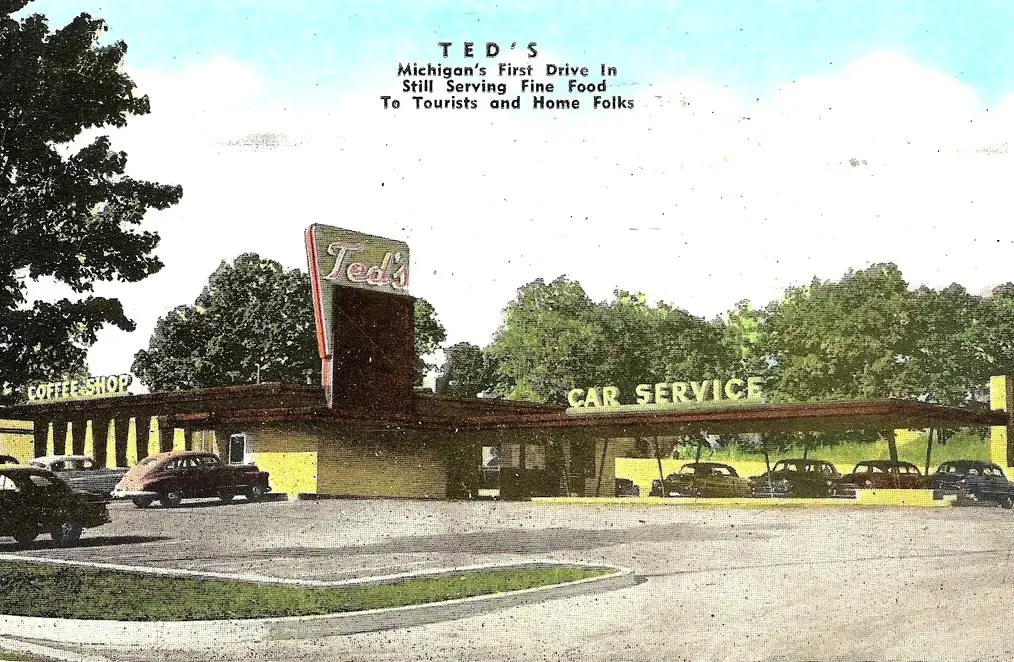
The legendary Ted’s Drive-In was a restaurant near the corner of Woodward and Square Lake Road on the border of Pontiac and Bloomfield Hills. According to WFMK, Ted’s Drive In is considered the first drive-in restaurant in Michigan. During the 1950s and 60s, this was the top place to hang out when cruising Woodward Avenue during the heyday of muscle cars. It started out in 1934 as a hot dog stand called Ted’s Trailer. Later the drive-in restaurant was known for its 5×5 hamburgers and Pig in a Blanket sandwich.
Ted’s was one of the many drive-ins that called Woodward home. The others included the Totem Pole and The Varsity, Hollywood, Hedge’s Wigwam, Bel-Aire, Big Town, Suzie Q’s, and, of course, Big Boy. Cruising and drive-ins were glorified by the movie American Graffiti and the TV show Happy Days. Of all the original hot spots, only Hunter House remains.
Flint Original Coney Island Lunch
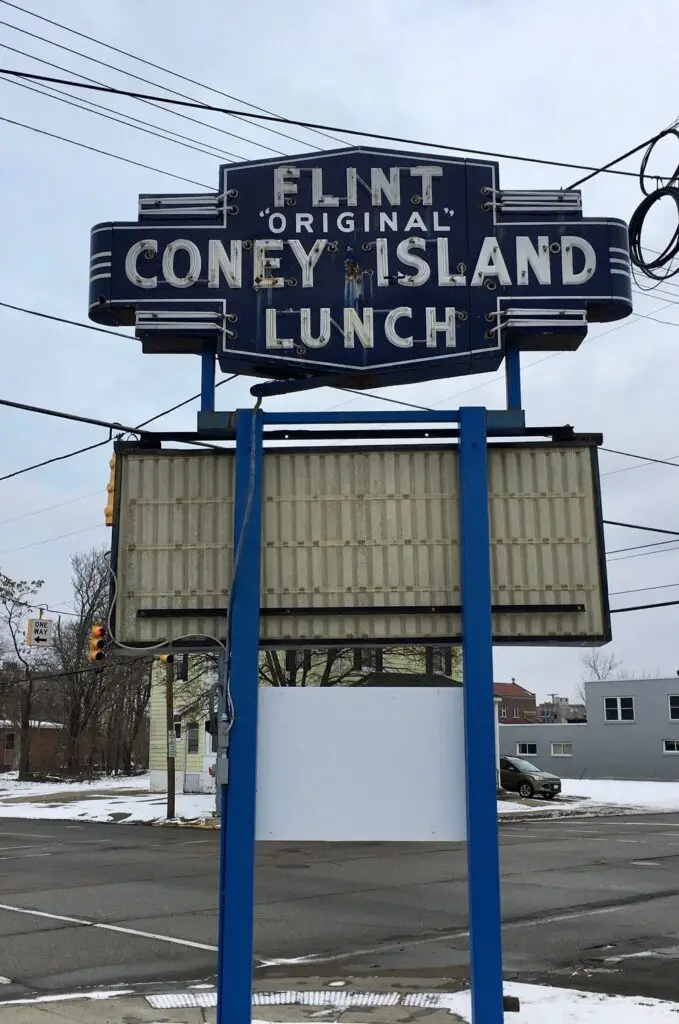
The Flint Original Coney Island restaurant, located on South Saginaw Street in downtown Flint, was a renowned establishment that operated from 1919 to 1979. It holds significance as one of the early and popular Coney Island-style restaurants in Flint, Michigan.
Coney Island-style restaurants are known for serving a particular type of hot dog, often referred to as a “Coney dog.” These hot dogs are typically topped with chili sauce, mustard, and onions. While the exact origin of the Coney dog is disputed, it is widely believed to have originated in the early 20th century and gained popularity in Michigan, particularly in the cities of Detroit and Flint. The sign still stands at a new location on the corner of West Court and Grand Traverse. However the coney island restaurant has now closed

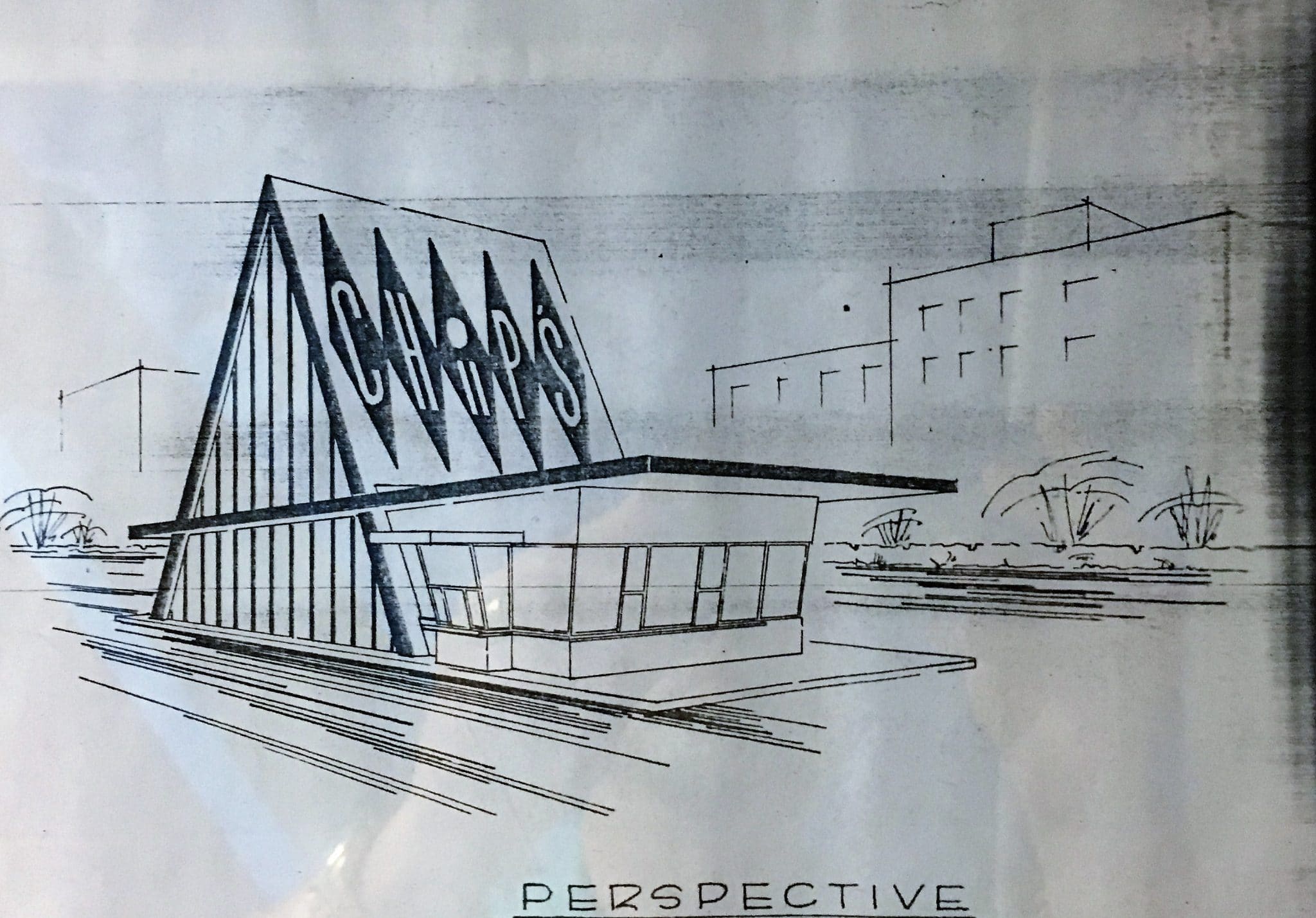


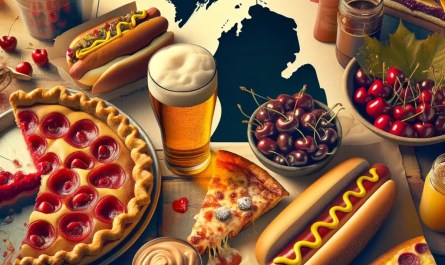
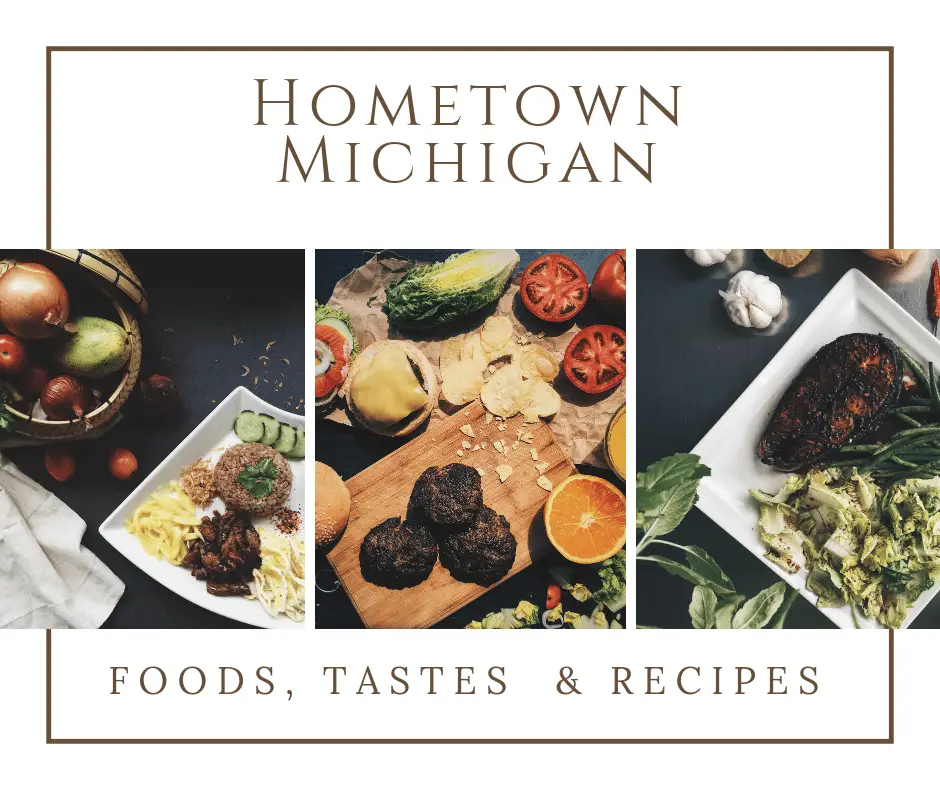

Since I grew up in Kalamazoo and Portage, you are talking the restaurants of my childhood. Bill Knapp’s where we used to celebrate Grandpa’s birthday, etc. Sveden House!!!! Wow.
I don’t recall the Texan but the rest of them, bring em back!
Texan was a good place to go after the bars closed. People would get a breakfast and coffee to sober up. Lol
The Texan was the main (only) burger/fries joint in Mt Pleasant before McDonalds and Burger King.
As a kid I remember going to Bill Knapp’s with my grand parents for special occasions. The cheesey au gratin potatoes were the best. And if it was your birthday they would take off that % off your bill